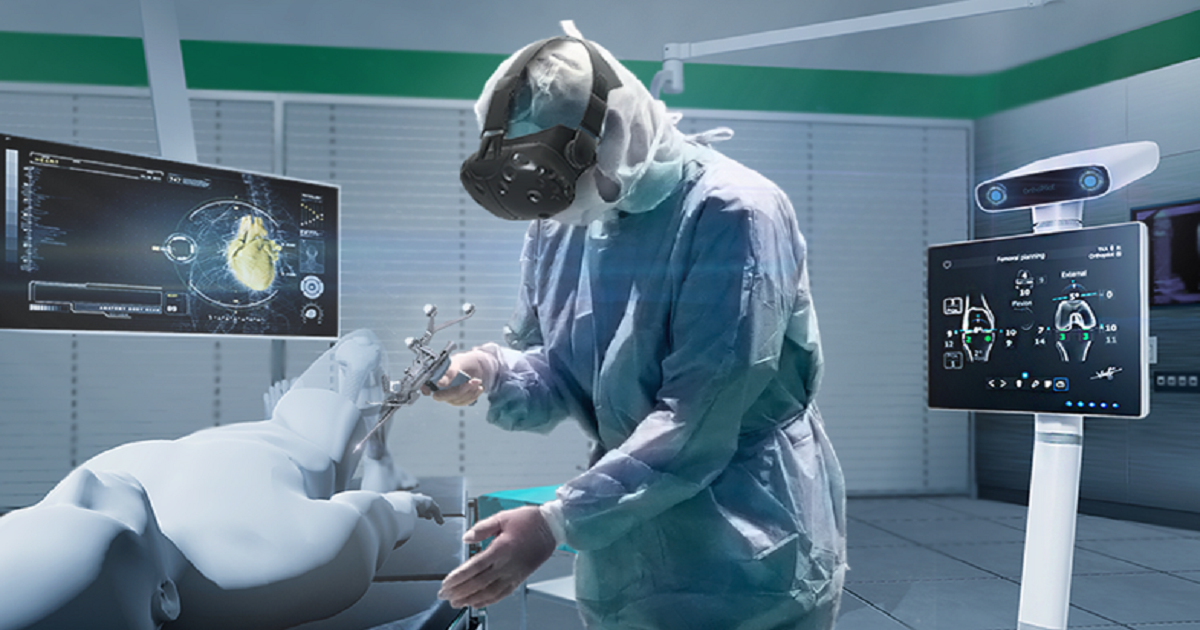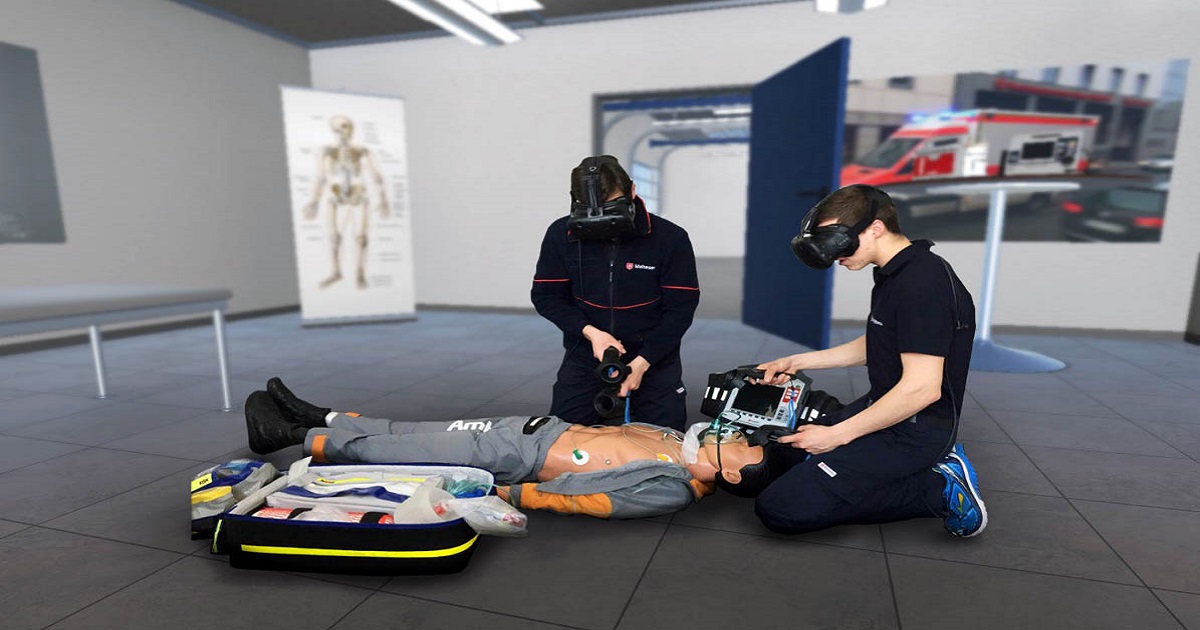Virtual Reality in Ambulance Training
Virtual Reality / Medical
In the high-stakes world of emergency medical services (EMS), effective training can make the difference between life and death. Traditional training methods often involve simulations and role-playing scenarios, but with the advent of Virtual Reality (VR), ambulance training is entering a new frontier. This blog explores how VR is revolutionizing ambulance training, enhancing skills, improving response times, and preparing medical professionals for real-world emergencies.
The Benefits of Virtual Reality in Ambulance Training
- Realistic Simulations
VR provides a safe space for trainees to practice their skills in realistic, high-pressure environments. They can interact with virtual patients, perform medical procedures, and make critical decisions—all without the risks associated with actual emergencies.
- Improved Skills and Confidence
Repeated exposure to VR training scenarios helps build muscle memory and confidence. Trainees can practice assessments, treatments, and deliver care under pressure, leading to better preparedness when they encounter real situations.
- Immediate Feedback
Many VR training systems offer instant feedback and assessment, allowing trainees to learn from their mistakes and improve rapidly. This immediate correction helps solidify learning and enhances performance.
- Cost-Effective Training
While initial investments in VR technology can be significant, it ultimately reduces costs related to equipment, materials, and the logistics of conducting physical training sessions.
Real-World Applications
As technology continues to advance, the potential for VR in ambulance training is expansive. Future developments may include enhanced realism with haptic feedback devices, integration of artificial intelligence for customizable training experiences, and expanded use of VR for ongoing training and refresher courses.
Conclusion
Virtual Reality is reshaping how we prepare EMS professionals for the complexities of emergency medical care. By providing immersive, realistic training scenarios, VR enhances skill acquisition, promotes effective teamwork, and ultimately leads to better patient outcomes. As the technology evolves, embracing VR in ambulance training could revolutionize emergency response, ensuring that paramedics and EMTs are equipped to handle the challenges they face every day.
Call us
Have you experienced or heard about VR training programs in EMS? Share your thoughts and experiences in the comments below! Stay tuned for more updates on how technology is changing the landscape of emergency medical services.
Explore More Projects
We welcome your questions, do not hesitate to contact us
- Create virtual reality and augmented reality experiences at the best prices
- Equipping engineering laboratories with the best equipment
- Virtual tours with 360° technology and also feature that you can see them through just one link
- Create virtual reality and augmented reality experiences at the best prices
- Equipping engineering laboratories with the best equipment
-
Virtual tours with 360° technology and also feature that you can see
them through just one link



